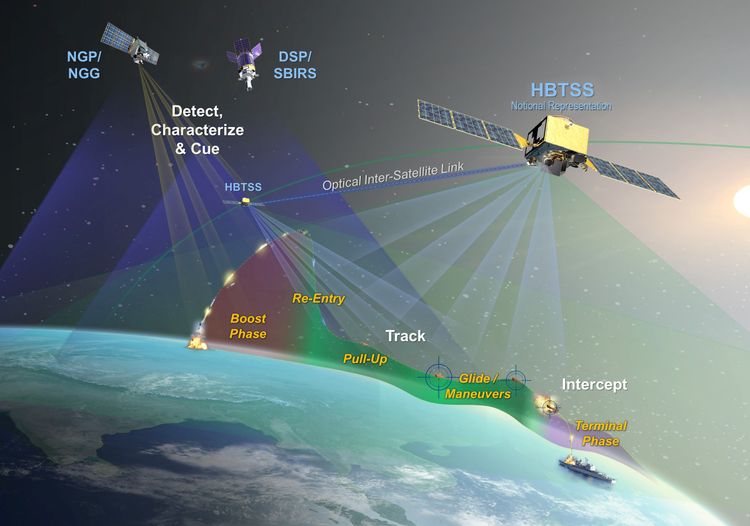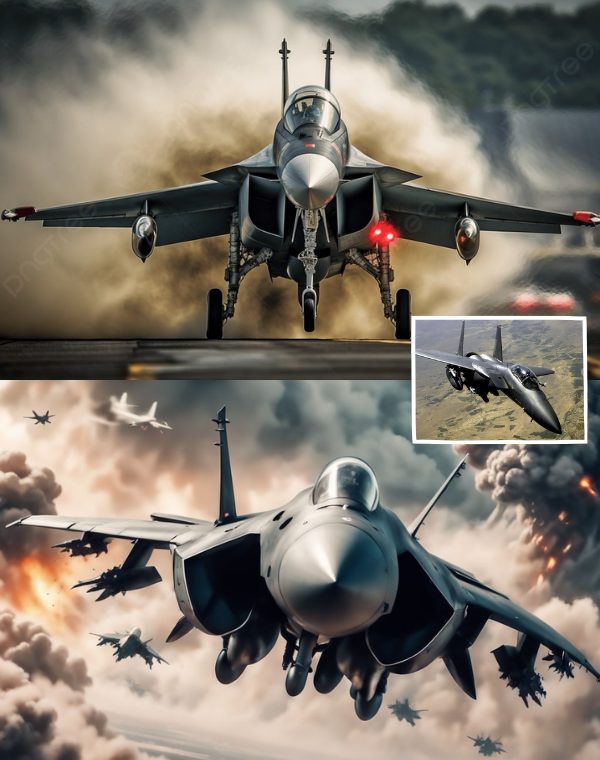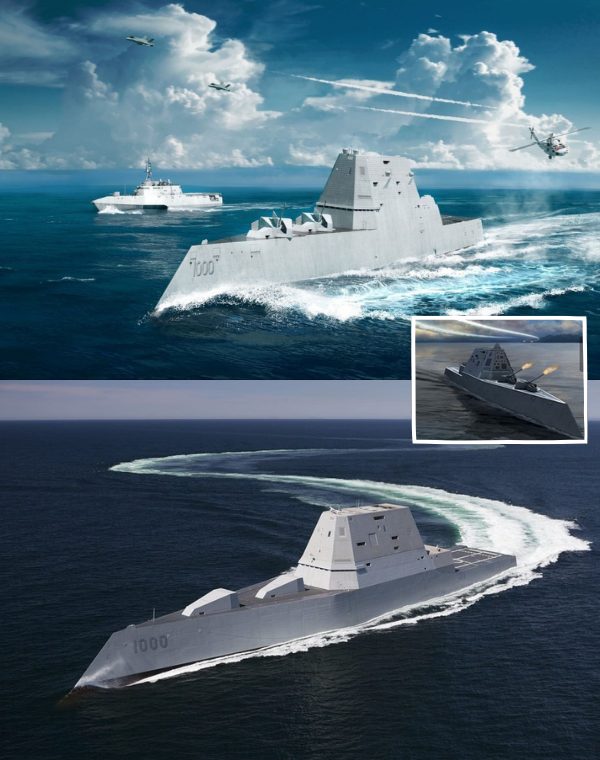There is good news for the US hypersonic program. The US Missile Defense Agency (MDA) ‘s Hypersonic Test Bed (HTB) completed its first flight successfully. The HTB is designed to serve as a single platform for all hypersonic experiments.

According to the MDA, the vehicle was driven into hypersonic flight during the test, known as HTB-1. The mission allowed for data collection on several internal and exterior experiments, enabling pertinent testing in a hypersonic setting.
Lt. Gen. Heath Collins, MDA Director, said, “This test was a huge success for MDA and our partners, marking the beginning of an affordable test bed to conduct hypersonic experiments. HTB-1 represents a significant step forward in hypersonic testing capability.”
The MDA emphasized that the HTB concept would play a crucial role in accelerating technology development and delivery to the warfighter by increasing the US testing pace and overall capacity. “HTB will allow the U.S. to pursue a broad range of state-of-the-art technologies able to operate reliably in hypersonic flight environments,” said Collins.
MDA collaborates closely with numerous partners to exchange data that guides the creation of improved capabilities for a layered hypersonic defense system to meet the demands of warfighters and surpass the threat posed by adversaries. As the executive agent for hypersonic defense, the MDA is working quickly to outpace the dangers posed by Chinese and Russian development projects.
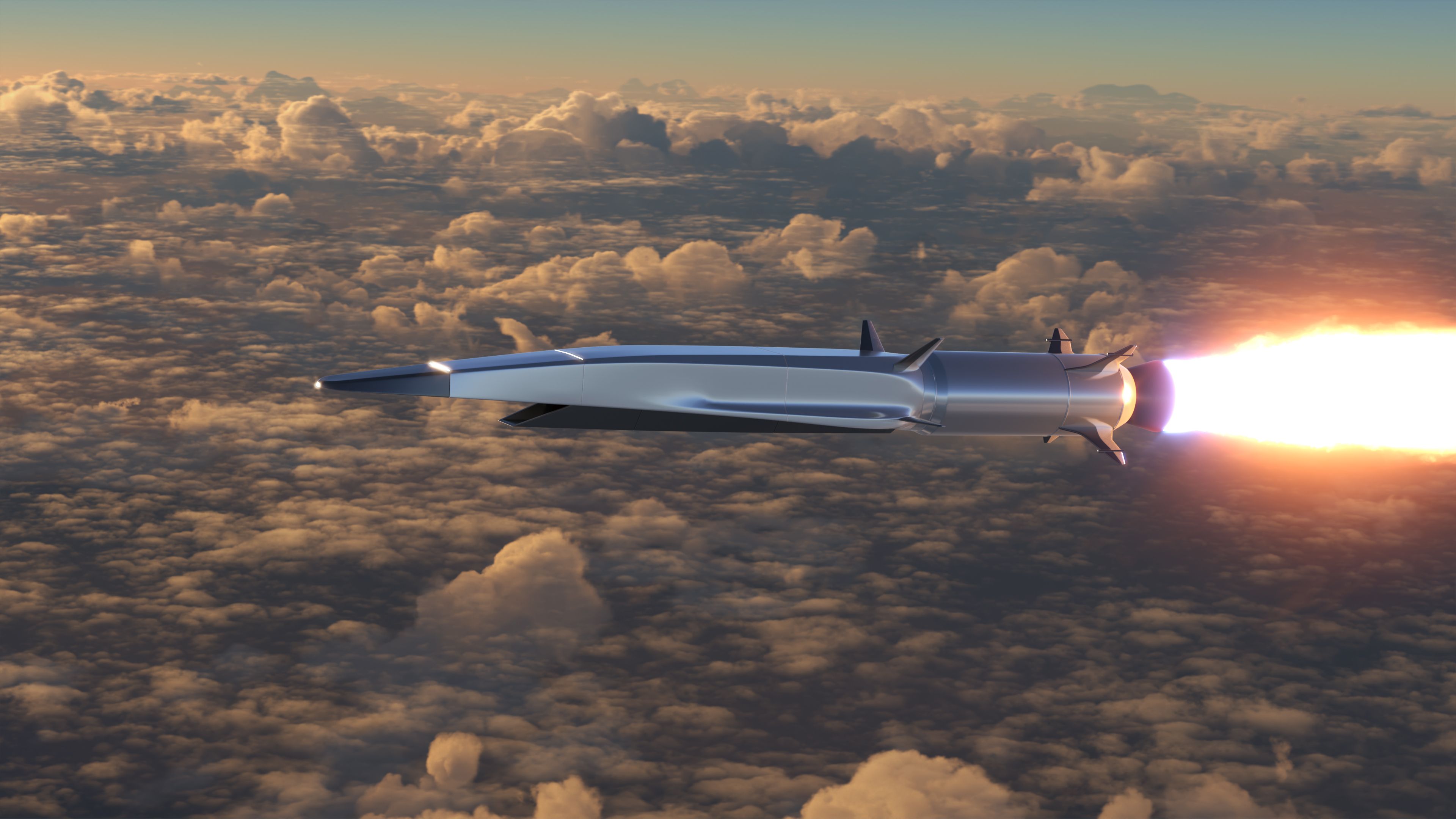
Both US adversaries, Russia and China, have fielded multiple hypersonic weapons, with the Pentagon trailing in its hypersonic capabilities.
The MDA hypersonic testbed joins an expanding collection of high-speed flight test devices and provides a platform for diverse hypersonic experiments and cutting-edge components. This includes the Hypersonic and High-Cadence Airborne Testing Capabilities program of the Defense Innovation Unit and the Multi-Service Advanced Capability Hypersonic Test Bed of the Test Resource Management Center.
However, the MDA has not provided much information on the HTB, such as the company or companies that created the system.
MDA Tested Space-Based Sensors For Hypersonic Tracking
The Missile Defense Agency also emphasized that the Defense Department’s cutting-edge missile tracking satellites captured their first images of the hypersonic flight test this week. The departure time of the flight from Wallops Island, Virginia, was not disclosed by MDA.
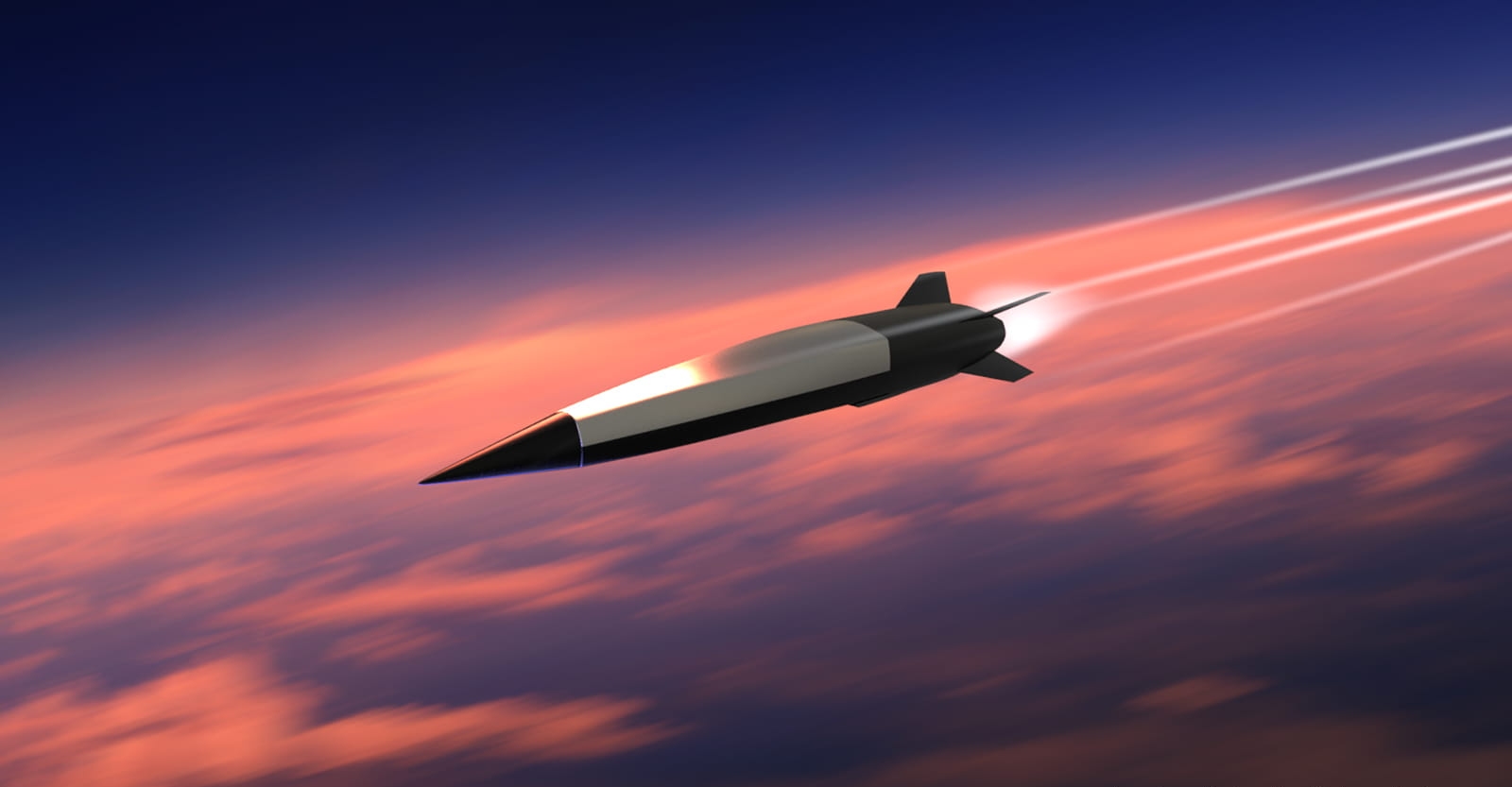 File Image: Hypersonic Missile
File Image: Hypersonic Missile
The statement released by the agency on June 14 noted that “initial reports show the sensors successfully collected data after launch.” It emphasized, “MDA will continue to assess flight data over the next several weeks.”
The Hypersonic Testbed, or HTB-1, of the MDA saw its first flight, which the satellites monitored.
A week ahead of the recently concluded HTB-1 test, Collins said, “We’re getting ready for our first hypersonic testbed calibration flight within a week, where we are going to take a hypersonic testbed target and launch that and, for the first time, have both of those sensors tracking and looking to see how they’re doing and how they could potentially close the fire control loopThat’ll be the first; there’ll be another testbed launch later this year,” he added.
The two Hypersonic and Ballistic Tracking Space Sensors (HBTSS) satellites are a component of the Space Development Agency’s spacecraft constellation intended to identify and monitor hypersonic weapons and vehicles — velocities of Mach 5 or greater — and their observations.
Ten missile-tracking satellites are in space between the agencies: two from MDA and eight from the Space Development Agency (SDA). The SDA did not confirm whether its satellites monitored the launch.
Even though the MDA and SDA sensors were created under different projects, the medium-field-of-view sensor found on HBTSS satellites will be incorporated into future SDA spacecraft iterations. The HBTSS sensors can track dimmer targets and transmit data to interceptors.
At some point, a constellation of 100 satellites will cover advanced missile launches worldwide. The small fleet of satellites now provides a restricted coverage area. Coordinating satellite monitoring opportunities is a challenge because the satellites must be positioned over the missile test venue, as SDA Director Derek Tournear stated in April.
He mentioned that when the satellites circle the planet, they are not just monitoring regular test flights by the Defense Department but also looking for missile activity in hotspots anywhere in the world.
